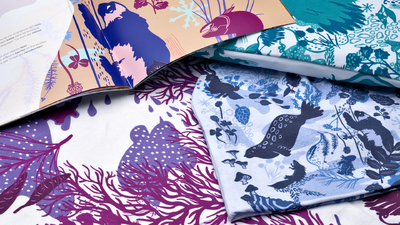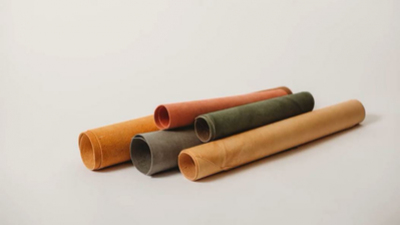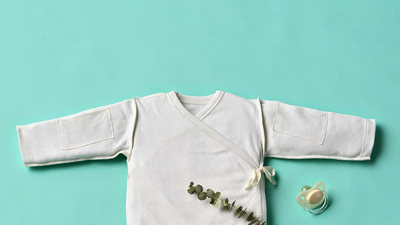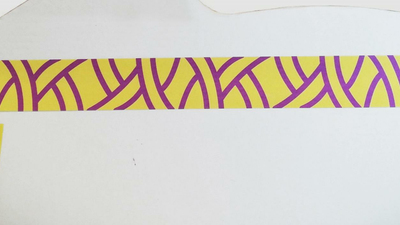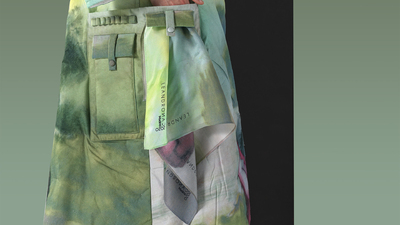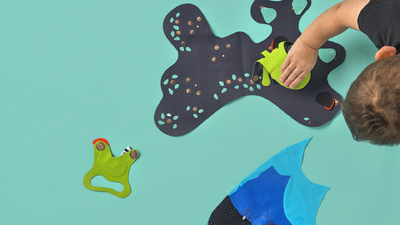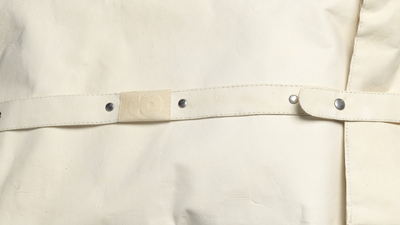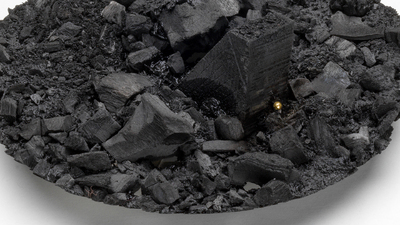Lit Lace Interface
The idea for this came out of our previous collaborative project, which was exploring the creative potential of newly developed light emitting cloth as dynamic backdrops for theatre and performance use.
Sara had seen Jack present his IOTSA board at the Royal College of Art. Given the potential to incorporate their Internet of Things technology and knowhow, we were keen to work with them to tackle the problem of controlling both the light within the cloth and within existing theatre lighting setups as a user-friendly interface for performance end users.
Amsterdam as a location was also an additional bonus to the project. We thought that travelling to Amsterdam would also be good fun and it seemed the perfect opportunity to join forces with the creative techie geniuses from CWI!
We also had real momentum from our previous WEAR Sustain project collaborators and this had given us a creative drive to explore the potential of the lighting within a theatre space.
We have key partners, suppliers and end users who are invested stakeholders, so it has been important for us to meet project deliverables, such as product uniqueness, integrated usability and the potential for creative use for example.
Following our WEAR Sustain project in 2018, LIT Lace for performance, our collaborators Jane Wheeler and Janey Gardiner (JaneJaney) said, ‘As set and costume designers we are always on the lookout for new and innovative ways of presenting work to audiences. We discovered early on that there are additional benefits to using the lit fabric in place of traditional theatrical equipment, particularly the use of gauzes. What excited us most, was the potential for making truly creative and original performance.’ Choreographer Alexander Whitley also remarked that, ‘Exploring the creative possibilities around the light emitting yarn has been a fascinating experience and I’m extremely excited about the potential this cutting-edge material has to bring striking new features to dance performance’.
One of our potential distributors wanted to promote and sell a complete working system which could control both fabric and stage lighting. The challenge for us was to find a way to link smart textile control with existing theatre lighting setups.
We have also been trying to solve product effectiveness, for example bringing the disparate technologies together within an existing performance setup, and we have shown we can do this using a miniaturised control system, which will be advantageous for everyone. The project has also helped us promote the value of using Lit Lace as sustainable set design alternatives for the theatre industry. By increasing demand for this, we also hope to create potential economic growth and safeguard a highly skilled workforce at leading heritage-based lace manufacturer, MYB Textiles, based in Scotland.
Using CWI’s open source technology, we were able to think about how this could be used creatively and what different effects we could achieve with this. We had a lot of ‘remote’ dialogue and design tasks. This was a totally different way of working for Sara+Sarah. However, being able to come together in a workshop scenario was an essential part of the process. Together, we were able to be creative, exchange ideas and test ways of developing and integrating the technology. Each of us within the collaborative team has been creative in their field.
From CWI’s point of view, we have used a way of working reminiscent of Agile Development: quickly implement anything that comes up in a discussion and seems like a good idea, so it can immediately be tested and then either accepted, or improved, or discarded.
As a team, we came with quite different skill sets. For Sara+Sarah it was sometimes difficult to demystify some of the technology!
Not being able to meet and work together more, as often as we would have liked was difficult and because of the COVID-19 pandemic restrictions, we were not able to meet up latterly and carry out additional testing. The fact that we were not able to get together more often (due to travel budgeting) meant that the agile development process did not work as well as we would have liked, with having to send bits of hardware and textile back and forth and having to try and explain their working remotely.
We would also have liked to include a wider end user group in our workshops to test the interface system. Sara also had a baby boy. Although he (Woody) was part of the team, it did mean his mum had limited time on the project.
There is another stage we would like to look at with our end users given the project’s user-centric focus. However, we have a working prototype that has achieved technology capacity and the components are much smaller, already small enough to be worn discreetly by a performer.
Steven and Jack have been there all the time and have invested in the project. It would not have happened without them! Going forward with the project, we do this with them still on board.
In the future, we hope to be selling the product and the service and working with our stakeholders.
Before then, we will need to explore the prototype with our creative end users and will need to source funding to allow for a small-scale performance. Moving forward, we will secure further funding to promote its potential, and with our end users we can showcase creative performances which could be used as examples for our distributors.
For Sara+Sarah, we have come to understand the importance of creating the right conditions which allow creative design autonomy for collaborators as part of practice-based, co-design development. Working collaboratively has profoundly shaped the direction of our work and how we work and has provided different challenges along the way.
Each collaboration is a journey which over the years has allowed us to gain insight into different methods, roles, values, mind-sets, and conditions. For us, an interdisciplinary way of working is one that thrives on collaboration.
Although CWI does a lot of pure and theoretical research, technology is of no use if it does not serve people and our group, the DIS group, works on Human Computer Interaction. We like to build things and determine whether they work. Therefore, the chance for us to collaborate on such a project with Sara and Sarah has been a great opportunity. We view creatives as our end users and this collaboration has allowed us to verify the practical applicability of our scientific and technical findings, and, it has been a lot of fun!
https://wearsustain.eu/actors/AWGkdlVV5CMOeXhOH_wq
https://www.cwi.nl/steven/
https://www.cwi.nl/people/jack-jansen
https://www.dis.cwi.nl
https://www.rca.ac.uk/more/staff/dr-sara-robertson/
https://www.napier.ac.uk/people/sarah-taylor












